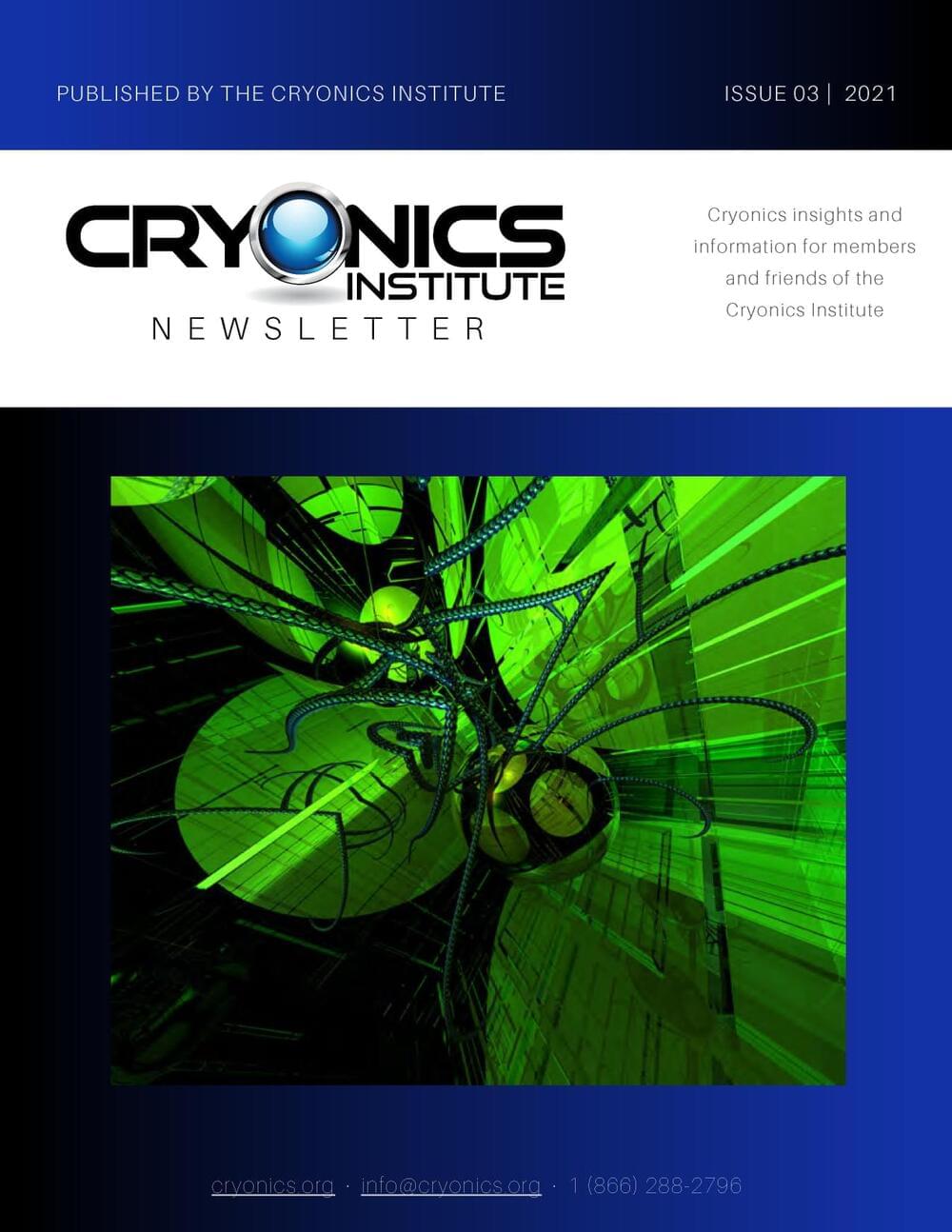The government wants to have a “search engine for faces,” but the experts are wary.
If you haven’t heard of Clearview AI then you should, as the company’s facial recognition technology has likely already spotted you. Clearview’s software goes through public images from social media to help law enforcement identify wanted individuals by matching their public images with those found in government databases or surveillance footage. Now, the company just got permission to be awarded a U.S. federal patent, according to Politico.
The firm is not without its fair share of controversy. It has long faced opposition from privacy advocates and civil rights groups. The first says it makes use of citizens’ faces without their knowledge or consent. The latter warns of the fact that facial recognition technology is notoriously prone to racially-based errors, misidentifying women and minorities much more frequently than white men and sometimes leading to false arrests.
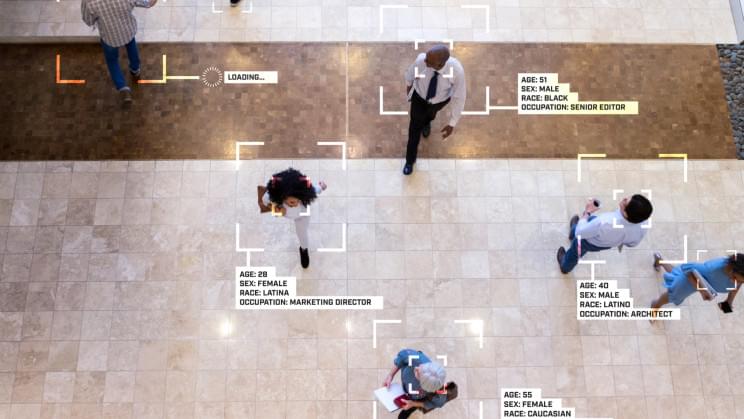


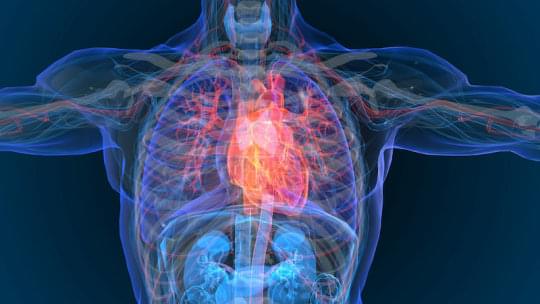


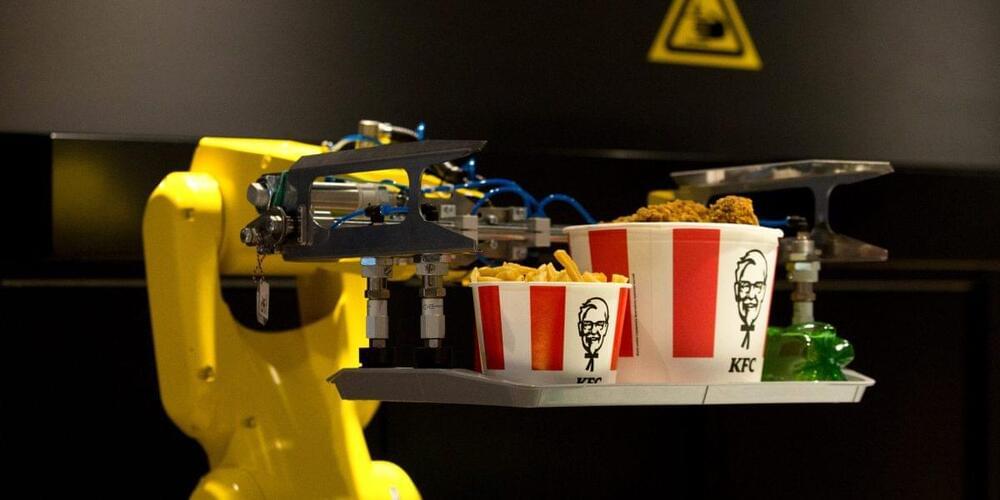
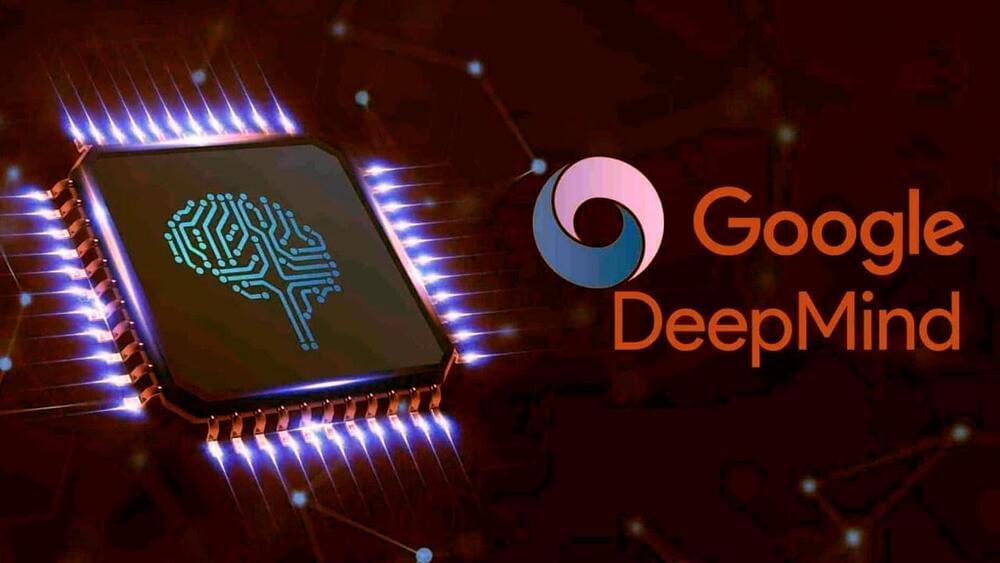




 POLLUTING IT!
POLLUTING IT!

 ☆》
☆》